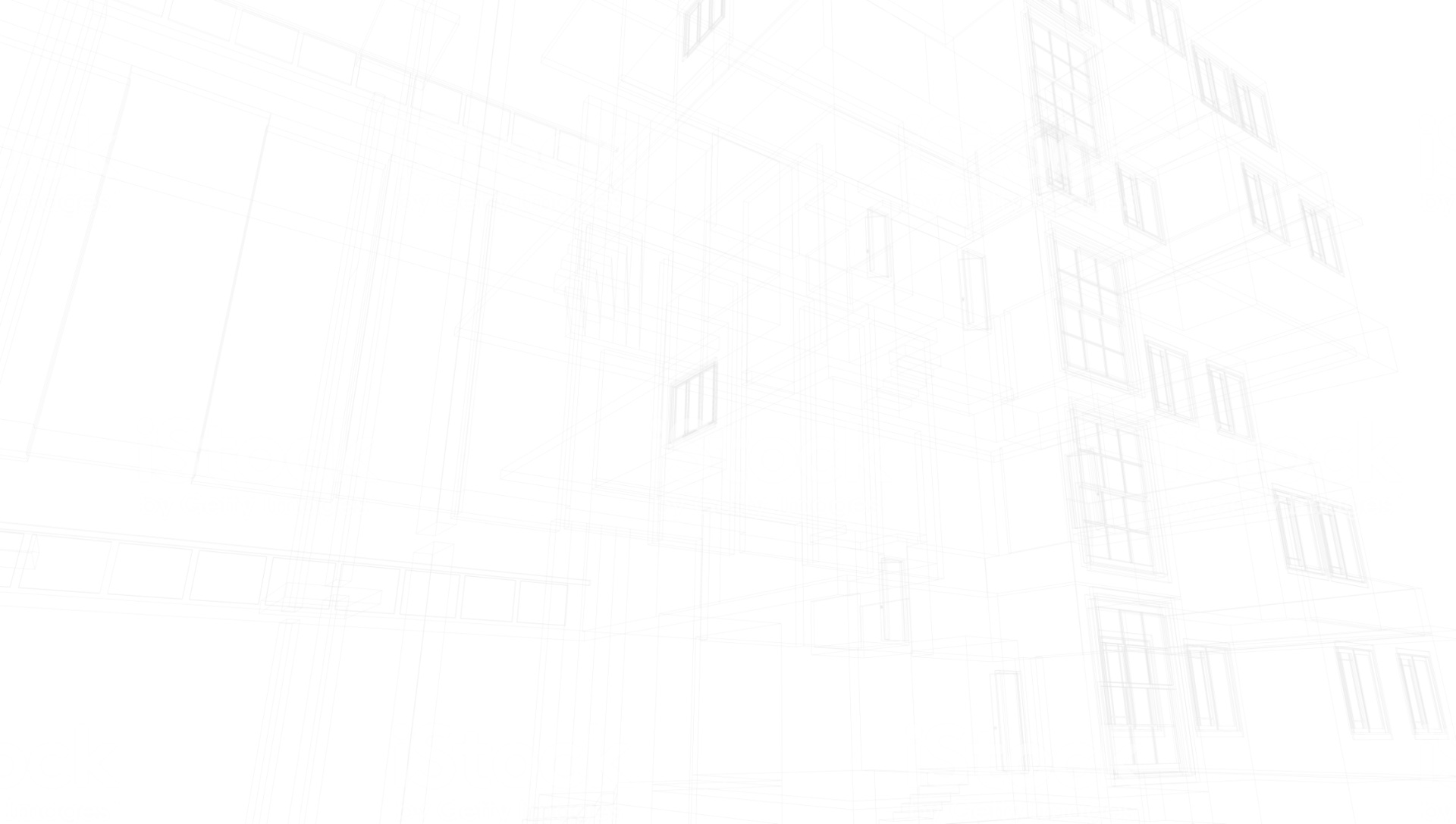7 Proven Ways to Lower Window Costs in High-End Homes
Windows eating up your margin? In many high-end buildings, windows turned out to be one of the most underestimated cost drivers.
Not just because of unit price – but because of what followed: hard-to-handle systems, longer lead times, costly installation issues.
Based on over 10 years of experience, we’ll show you how to:
- cut $10–20k per building without downgrading quality,
- choose systems that are faster to install and unload,
- avoid hidden costs that kill your project’s profit,
- reduce risk of claims – not increase it.
Multiply that across a few homes per year, and you’re silently losing $100–200k. Everything here is based on working with European window systems in U.S. projects.
1#: uPVC veneers – save by choosing one-side color only
If you’re ordering colored uPVC windows, go for one-side veneer instead of both sides. Or skip color altogether and stick with white.
This simple choice can cut window costs by 13% to even 56%.
Why? Because the default uPVC color is white.
Any color you add means applying a special veneer foil – and that adds to the price. One-side veneer uses half as much foil, so you pay less.

#2: Switch operable windows to fixed

$296


$172
If ventilation isn’t needed, switching from operable to fixed windows can cut your costs by up to 42%. For example, on a $50,000 window package, that means saving $21,000 – and paying just $29,000.
Bonus: fixed windows also perform better thermally and offer more glass area.
3#: Use tilt&turn instead of double-hung
If your project calls for a classic double-hung look but not the actual slide function, consider tilt & turn windows styled with sash-like features.
You can save up to 40% per window while keeping the same visual effect.
Here’s how: we simulate the sash look using tilt & turn windows with divided lites – either glued to the glass surface or placed between the panes.
In one New York project, an architect used this solution and got it approved by a preservation commissioner. Read the full case study to see how it worked.

4#: Divide large windows into smaller sections

$581


$436

$2214


$932
If you don’t actually need large single-pane windows, splitting them into smaller units can save you 25% to even 58% per window.
Why? Bigger panes require thicker glass, which costs more.
By dividing one large window into multiple smaller ones, you can reduce both surface area and glass thickness. The weight is also lower which helps with installation.
For example:
A fixed window 6.5 ft × 6.5 ft with 6 mm glass can be downgraded to 4 mm glass – saving 25%.
A 14 ft × 7 ft unit split into three smaller windows cuts the cost by 58%.
It means that we can optimize a $20,000 glass package to just $9,000 using this method.

5#: Switch from folding to lift and slide patio doors

4,288 USD


3,905 USD
Switching from folding glass doors to lift-and-slide systems can save you around 10% per unit.
But that’s just the start. Folding doors are harder to install, generate more service issues, and lead to more complaints – especially on large-scale projects. Over time, this switch can save you far more in callbacks and labor.
Read our article about why bi-fold doors are not worth their price
6#: Use false arches instead of real arched windows



True arched windows are one of the most expensive styles you can choose. But in many projects, you can get the same visual effect almost 80% cheaper – by using a false arch. This means installing a standard rectangular window with an arched trim or frame on the outside.
Example: replacing 10 real arched windows priced at $3,000 each with false arches cuts your total cost from $30,000 to just $6,600.
7#: Skip nailing fins

$581


$436
Choosing windows without nailing fins can lower your cost by around 15%.
Why? Most European systems don’t come with fins by default. If you need them, options are limited and more expensive. Skipping fins gives you access to a wider range of European windows – often at a better price and with shorter lead times.
Final thought: window choices can quietly decide your profit
None of the changes we listed compromise quality – but each can cut costs by 10–80%. Combined, they often decide whether a project stays within budget – or eats into your profit.
If you’re building multiple custom or spec homes a year, small tweaks in window specs could save you six figures annually – without extra effort on-site.
Main cost drivers to watch:
- color and veneer type
- operable vs. fixed configuration (hardware)
- window type (tilt&turn vs. double-hung)
- size and glass thickness,
- door systems (bi-fold vs. lift-slide)
- extra options like nailing fins
Are your current choices increasing or reducing project costs?
Want to know how much you could actually save?
If you send us your current window spec, during video meeting we’ll simulate a cost-cutting version using real European systems. Book a free project consultation with real-time pricing.
You’ll see:
- where you can cut without risking install issues,
- which changes your architect is likely to approve,
- and how much you can realistically save.
You’ll get:
- a dollar estimate for your project,
- a tech review with install and lead times in mind,
- one contact person — no handoffs, no confusion.
No commitment. Just clear numbers to help you decide.
Get help with optimizing European window costs
- Import European windows to the USA directly from Poland
- Save up to 50% on premium-quality windows
- Add value to your custom project
- Stop wasting time – simplify the process
Explore solutions:








